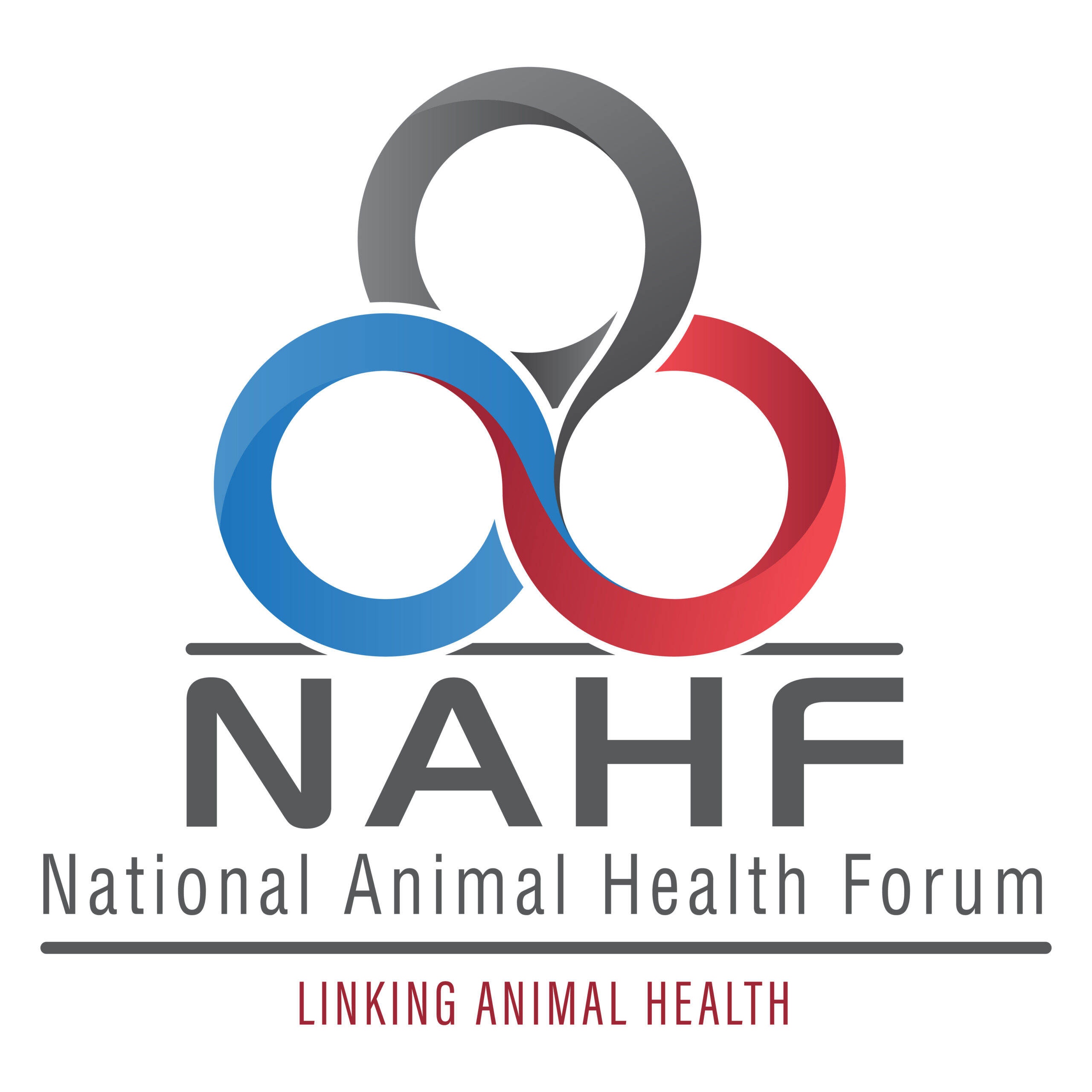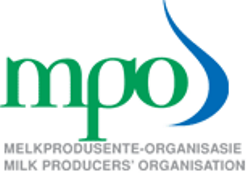What is traceability?
The International Organization of Standardization (ISO) defines traceability as “The ability to trace the history, application or location of an entity by means of recorded identifications.” According to the European Union General Food Law Regulation traceability “means the ability to track any food, feed, food-producing animal or substance that will be used for consumption, through all stages of production, processing, and distribution.”
The technical definition of food traceability relates to the ability to follow the flow of a food product and/or its ingredients forward or backward through the supply chain. Traceability is often mentioned in the context of foodborne disease outbreaks or recalls when it is important to know where contaminated food came from or where it was sold in order to reduce the risk of consumers becoming ill. However, the records associated with products can provide more information than just how many cases of a certain product was distributed on a certain day. Additional information such as the farm of origin and growing, harvesting or production conditions can also be included to inform consumers about the food they are eating.
Traceability is important on many levels
Traceability is primarily a way of ensuring the safety and quality of food and feed by responding to potential risks that can arise. It is essential when national authorities or food businesses identify a risk that they can trace it back to its source in order to swiftly isolate the problem and prevent contaminated products from reaching consumers. In addition, traceability allows targeted product withdrawals and the provision of accurate information to the public, thereby minimising disruption to trade.
Traceability has become a ‘buzz word’ with regard to food, particularly following a number of food safety incidents during which traceability systems have been shown to be weak or absent and hence slow or unable to assure consumers of food safety. Food crises in the past, such as the melamine scandal in China in 2008 and the Fonterra New Zealand botulism scare in 2013 have illustrated the particular importance of being able to swiftly identify and isolate unsafe foodstuffs in order to prevent them from reaching the consumer. Melamine-tainted infant milk powder sold in China led to 13 infant deaths and approximately 300 000 infants falling ill. Fonterra issued a food safety warning to eight customers in August 2013 after it was feared that three batches of Clostridium botulinum-contaminated whey protein concentrate may have entered the supply chain. Further analysis confirmed that the only bacteria present was Clostridium sporogenes which is not capable of producing toxins that can lead to life-threatening infection.
In addition to food safety and quality issues traceability plays an increasingly important role in creating consumer confidence in products and brands. More and more, farmers and manufacturers are involved in helping consumers connect with the journey of their food from farm-to-fork. Whether through a kiosk at a retail outlet or a bar code scanned through a consumer’s smart phone, product technology providing consumers with additional information about the history of the product they are about to purchase can yield tangible benefits.
Traceability provides a means of handling consumers’ inquiries, creating connection with a brand, and providing confidence through learning the origin and production conditions, for example, of the products they are purchasing.
Growing need for fork-to-farm facts
Consumers have over the decades become more removed from the farm-to-fork systems that provide the food they eat. At the same time, these systems have become global and complex in order to meet consumer demands for year-round access to a wide variety of high-quality products at a reasonable cost.
It’s been several decades since most consumers were fed by the family farm. Over the past number of years, heightened media attention around foods, including trendy cooking shows and research findings linking various foods with long and short-term diseases as well as benefits, have renewed consumer interest in learning more about the food they are eating, including information about the origin of their food.
Consumers are concerned with various issues related to the food which they purchase the most important being the safety, quality, and price of products. A growing number of consumers are looking for product attributes such as origin of product, sustainability practices of the farm, or animal welfare.
ODCSUMER VIEW
Extended consumer benefits from traceability
Consumers gain mostly hidden benefits from traceability such as more effective achievement of food safety and an increased effectiveness of recall in emergencies. However, traceability takes the concept of “transparency of product” one step further. It also has a role to play in the promotion of informed consumer choice because it offers the potential to verify label information on product and ingredient history.
The following questions by consumers could be addressed by traceability:
This product is labeled organic. What organic practices are used on the farm?
I’ve seen too many videos on inhumane animal handling. How do I know that this milk was produced humanely?
I want to support local agriculture. Where did this produce come from?
I want to buy the freshest milk possible. When and where was this produced?
I heard about certain milk powders being recalled. Is this product affected?
Many consumers are loyal to specific brands. Historically, this loyalty was most apparent in the world of manufactured foods, stemming from the consistent quality that was difficult to achieve with perishable products. Today, the concept of a brand is being redefined, with private label brands being increasingly recognized and valued, and with perishable products being branded. Traceability advances the opportunities associated with branding food products that may have lacked a label before, allowing consumers insight into these products, allowing them to make a connection to a producer or processor that they would like to continue to patronize. Further consumer feedback to the producer or processor can lead to consistent quality that was previously more difficult to obtain.
Giving consumers access to more information through Quick Response codes on individual packages can be mutually beneficial. In addition to food safety benefits, there are also marketing benefits. Brands can, for instance, use smartphone applications to collect feedback from shoppers and connect via social media or offer discount coupons – the opportunities are virtually unlimited.
Traceability in practice
Worldwide, a range of systems for traceability is in place ranging from paper-based to IT enabled. The use of traceability systems varies greatly from relatively advanced electronic identification and data transfer to no batch traceability at all. The diversity of food processing operations means that the way in which traceability records are kept by any business is practically unique and businesses make individual and widely varying decisions with regard to the size of batches that are produced, and hence the size of any recall.
However, the increased efficiency, effectiveness and security of IT enabled systems are recognised and they are being slowly rolled out throughout the food chain.
Traceability in South Africa
In South Africa, the situation is similar to the rest of the world with multiple agencies of food safety and food control systems which are characterised by fragmentation of legislation, structure, and functions. During 2013 the Departments of Health, Trade and Industry and Agriculture, Forestry and Fisheries embarked on a process to enhance national food security, protecting livestock from disease, facilitating market access for livestock and their products and protecting people from foodborne illness and other zoonoses.
The basic structures and frameworks need to be established and effective before advanced food traceability systems with frameworks that link entire food chains can become a reality.
Published on Wednesday, 18th October 2017 - 22:23
Recent Posts
disclaimer









